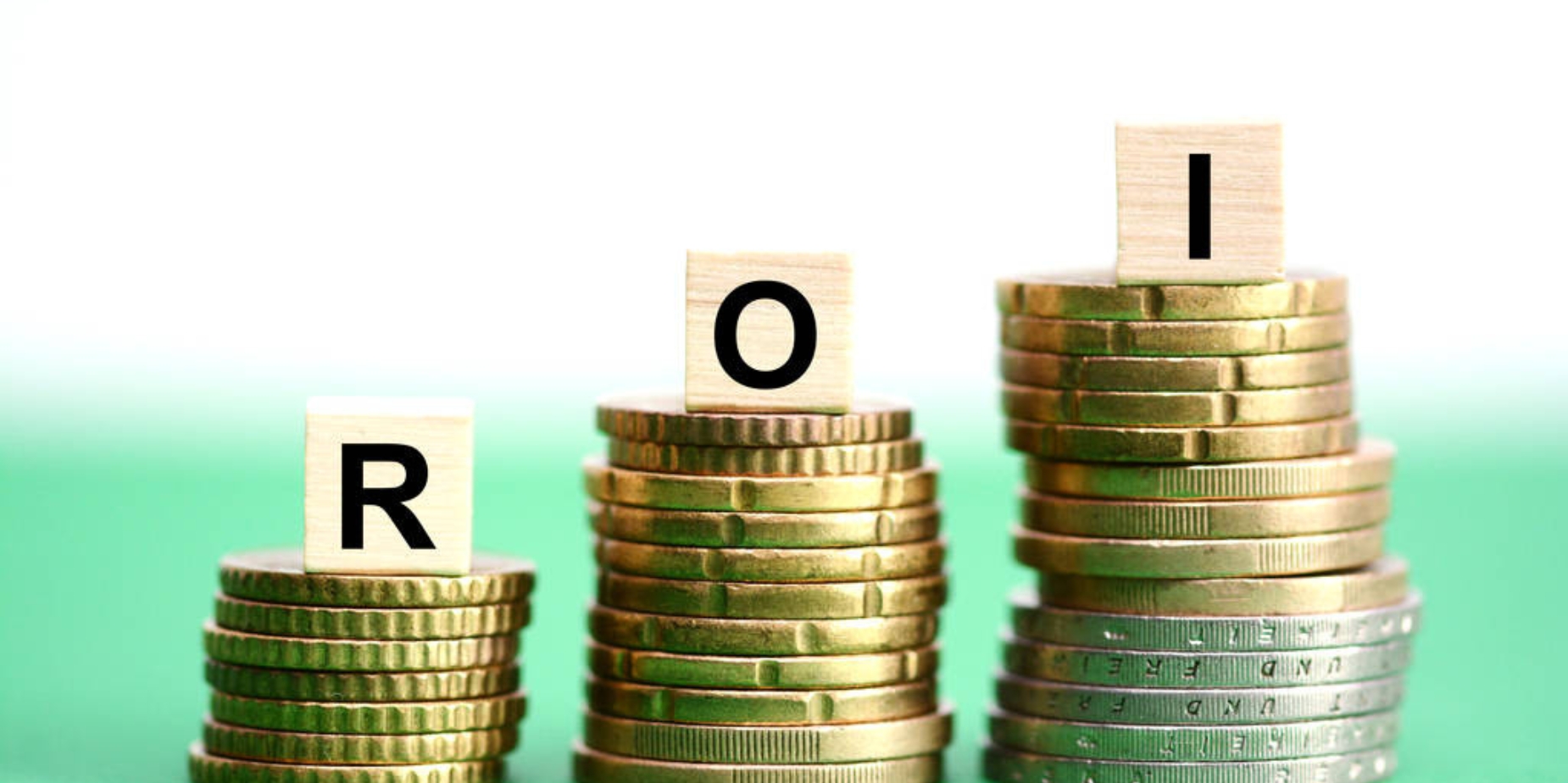How to Reduce Customer Acquisition Costs (CCA) and maximize Return on Investment (ROI)

Customer acquisition costs (CCA) and return on investment (ROI) are two crucial metrics that businesses consider when evaluating the effectiveness and profitability of their marketing efforts. CCA refers to the total cost incurred in acquiring a new customer, while ROI measures the return generated from the investment made in marketing campaigns. Understanding the relationship between CCA and ROI is essential for businesses to make informed decisions, optimize their marketing strategies, and achieve sustainable growth.
Let’s start by defining customer cost acquisition (CCA)
Understanding the Importance of Customer Acquisition Costs (CCA)
Customer acquisition costs (CCA) are the amount of money a business spends to acquire a new customer. It includes all the marketing and advertising expenses incurred to attract and convert leads into paying customers. Calculating CCA helps businesses understand the effectiveness of their marketing strategies and determine the profitability of acquiring new customers.
Understanding CCA is vital because it provides insights into the efficiency and sustainability of a company’s marketing efforts. By evaluating CCA, businesses can identify which channels and campaigns yield the best results and optimize their marketing budgets accordingly.
Significance of Return on Investment (ROI) in Marketing
Return on investment (ROI) measures the profitability of an investment relative to its cost. In marketing, ROI quantifies the revenue generated from marketing campaigns compared to the money invested in those campaigns. It helps businesses determine the effectiveness of their marketing initiatives and make informed decisions about resource allocation.
ROI is crucial because it enables companies to identify which marketing activities deliver the highest return. By measuring ROI, businesses can assess the success of their marketing strategies, identify areas for improvement, and optimize their marketing budgets for maximum profitability.
Why Customer Acquisition Costs (CCA) Matter in Marketing
Customer acquisition costs (CCA) matter in marketing because they directly impact a company’s profitability. If the cost of acquiring a customer exceeds the revenue generated from that customer, the business will lose money. By understanding CCA, companies can determine the viability of their marketing efforts and make necessary adjustments to improve their bottom line.
Additionally, knowing CCA allows businesses to compare the cost of acquiring customers across different channels and campaigns. This information helps them identify the most cost-effective methods of acquiring customers and allocate their marketing budget accordingly.
Impact of High Customer Acquisition Costs (CCA) on Business
High customer acquisition costs (CCA) can have a detrimental impact on a business. It can erode profit margins, decrease overall profitability, and hinder growth potential. When CCA is high, companies need to acquire a significant number of customers to cover their expenses and achieve profitability.
Moreover, high CCA may indicate ineffective marketing strategies or targeting the wrong audience. This highlights the importance of monitoring and optimizing CCA to ensure sustainable growth and a healthy return on investment.
Key Metrics for Calculating Customer Acquisition Costs (CCA)
To calculate customer acquisition costs (CCA), businesses need to consider various key metrics. These include:
- Total Marketing Expenses: This includes all costs associated with marketing campaigns, such as advertising, promotions, and marketing personnel salaries.
- Number of New Customers Acquired: This metric measures the number of customers obtained within a specific period.
- Customer Lifetime Value (CLV): CLV represents the estimated revenue a customer will generate over their lifetime as a customer of the business.
By dividing the total marketing expenses by the number of new customers acquired, a company can determine the average CCA for a specific period.
Methodologies to Determine Customer Acquisition Costs (CCA)
There are several methodologies to determine customer acquisition costs (CCA). Two commonly used methods are:
- Simple CCA Calculation: This method involves dividing the total marketing expenses by the number of new customers acquired within a specific period. It provides a straightforward calculation of CCA but may not account for the full customer lifecycle
- Full Lifecycle CCA Calculation: This method considers the customer lifetime value (CLV) in addition to the total marketing expenses. By comparing the CLV with the marketing expenses, businesses can obtain a more accurate understanding of the long-term profitability of customer acquisition.
Consider using the methodology that aligns best with your business goals and the level of granularity required for decision-making.
Evaluating Return on Investment (ROI) in Marketing Campaigns
Return on investment (ROI) measures the profitability of marketing campaigns by comparing the revenue generated to the cost of the investment. ROI is calculated by subtracting the cost of the investment from the revenue generated, dividing the result by the cost, and multiplying by 100 to express it as a percentage.
Understanding ROI allows businesses to assess the success of their marketing efforts and make data-driven decisions regarding future investments. It provides a clear picture of the effectiveness of marketing campaigns in terms of generating revenue.
Importance of Measuring Return on Investment (ROI) in Marketing
Measuring return on investment (ROI) in marketing is crucial for several reasons. It helps businesses:
- Determine the profitability of marketing campaigns: ROI provides insights into which campaigns are generating a positive return and which ones may need adjustments or discontinuation.
- Optimize resource allocation: By understanding the ROI of different campaigns, businesses can allocate their resources effectively, focusing on initiatives that deliver the highest returns.
- Justify marketing budgets: ROI provides tangible evidence of the impact of marketing efforts, helping businesses justify their marketing budgets to stakeholders and secure necessary investments.
Measuring ROI enables companies to make informed decisions, maximize their marketing effectiveness, and drive profitable growth.
Now that you’re armed with the knowledge of CCA and ROI, you can navigate the world of marketing with a better understanding of the costs involved and the returns you can expect. So go forth, market with purpose, and remember every dollar counts—just don’t count them too often!
Analyzing the Relationship between Customer Acquisition Costs (CCA) and Return on Investment (ROI)
When it comes to marketing, the cost of acquiring new customers is a crucial factor to consider. The Customer Acquisition Cost (CCA) refers to the expenses incurred in attracting and converting a potential customer into a paying one. On the other hand, return on investment (ROI) measures the profitability of a marketing campaign. Understanding the relationship between CCA and ROI is essential for businesses to make informed decisions and optimize their marketing efforts.
The impact of CCA on ROI is straightforward – the lower the CCA, the higher the ROI. When businesses spend less on acquiring customers, they can generate more revenue from each customer, resulting in a greater return on their marketing investment. However, it’s important to strike the right balance because cutting corners can lead to ineffective marketing strategies, potentially reducing the ROI.
Factors Influencing the Relationship between CCA and ROI
Several factors influence the relationship between CCA and ROI. Firstly, the nature of the industry plays a significant role. Some industries, such as software development, may require substantial upfront costs for product development and marketing campaigns, resulting in higher CCAs. On the other hand, industries like e-commerce may have lower CCAs due to lower production and distribution costs.
Additionally, the marketing channels employed can impact the CCA and ROI. Traditional advertising methods, like television or print ads, can be expensive but may reach a broader audience. In contrast, digital marketing channels, such as social media or search engine advertising, provide more targeted and cost-effective approaches.
Understanding these factors can help businesses make strategic decisions regarding their marketing expenditures and optimize their ROI.
Strategies to Optimize Customer Acquisition Costs (CCA) and Maximize Return on Investment (ROI)
Reducing CCA is a goal for businesses aiming to maximize their ROI. Fortunately, several cost-effective marketing strategies can help achieve this goal. Content marketing, for example, involves creating valuable and relevant content to attract potential customers organically. This can significantly reduce the need for costly advertising campaigns and increase customer engagement.
Another strategy is to leverage social media platforms. With billions of active users, social media provides a cost-effective way to reach and engage with a target audience. By creating compelling content and interacting with followers, businesses can build brand awareness and attract potential customers without breaking the bank.
Enhancing ROI through Targeted Marketing and Retention Strategies
To maximize ROI, businesses should focus on targeted marketing and customer retention strategies. By identifying and understanding their target audience, businesses can tailor their marketing messages and channels to reach the right people at the right time. This ensures that marketing efforts are directed towards individuals who are more likely to convert, thereby increasing the ROI.
Moreover, customer retention plays a significant role in enhancing ROI. It is more cost-effective to retain existing customers than to acquire new ones. By providing exceptional customer service, personalized experiences, and loyalty programs, businesses can build long-lasting relationships with their customers, resulting in increased customer lifetime value and improved ROI.
Conclusion: Balancing Customer Acquisition Costs (CCA) and Return on Investment (ROI) for Business Success
In the world of marketing, striking the right balance between customer acquisition costs (CCA) and return on investment (ROI) is crucial for business success. While reducing CCA can lead to higher ROI, it’s important to consider industry factors and select cost-effective marketing strategies. Additionally, optimizing ROI through targeted marketing and customer retention strategies can further enhance profitability. By analyzing case studies and understanding the relationship between CCA and ROI, businesses can make informed decisions and drive their marketing efforts towards achieving optimal results.
Read more related articles:
The Spending Power And Behavior Of Nigerian Consumers
Do Nigerian consumers pay for digital products, and how do you win them?
Gamification As a Marketing Tactic To Win In The African Market
The Rise of Fintech Products in the African Market, and Why?
How To Capture and Engage Online Customers: Strategies for the E-commerce Industry
Trends and Strategies: Maximizing Customer Experience in Hospitality Industry



